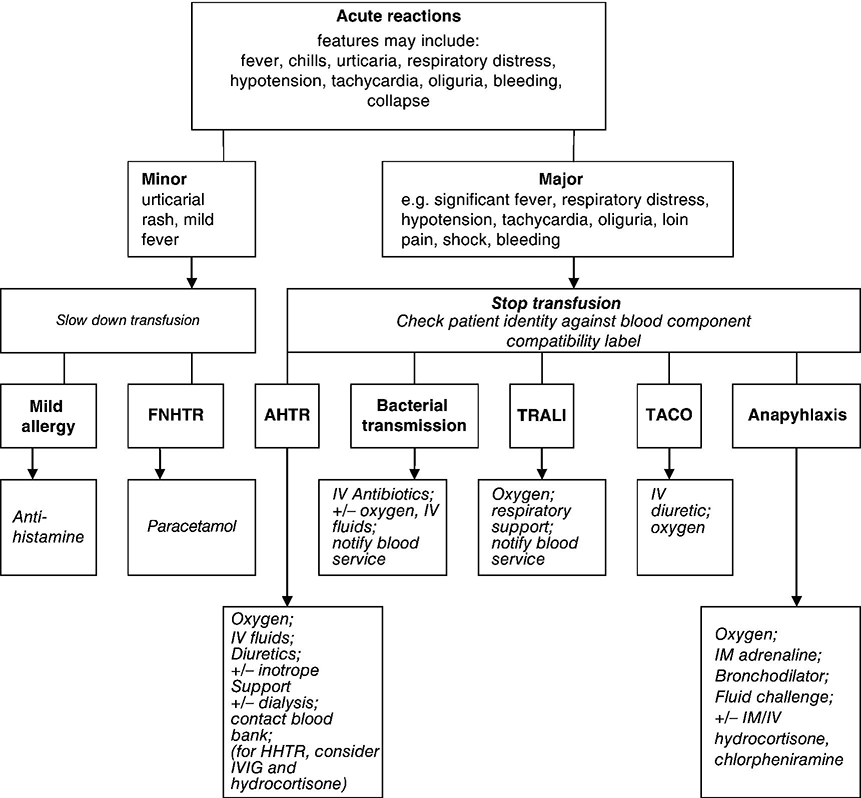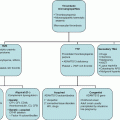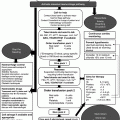Chapter 14 Therese A. Callaghan NHS Blood and Transplant, Liverpool, UK Medical Department, Royal Liverpool University Hospital, Liverpool, UK The possibility of adverse reaction should always be borne in mind when prescribing blood components. Transfusions should be reserved for situations where the clinical indication is clear and no appropriate alternative is available. Adverse reactions may be acute or chronic and vary in severity from mild to life-threatening. Recognition of a reaction may be difficult in the critical care setting where the symptoms and signs may be masked by the patient’s pre-existing clinical condition. Even when a transfusion reaction is suspected, there may be difficulties in establishing the nature and cause of the reaction because of overlapping clinical features. All suspected transfusion reactions in the UK should be notified to SHOT (Serious Hazards of Transfusion), the national haemovigilance reporting scheme. Acute transfusion reactions are those which occur within the first 24 h of transfusion; a severe acute reaction may occur within the first 15 min. Acute reactions include: As prompt recognition of acute reactions is essential for management to be effective, careful monitoring of the transfused patient is key. As a minimum, vital signs (temperature, pulse rate, blood pressure) should be monitored before transfusion of each unit, 15 min after the start of each unit and again not more than 60 min after the end of each transfusion episode. Respiratory rate should be recorded at the start and repeated if any of the other vital signs move significantly from baseline values [1]. An overview of acute reactions and their management is outlined in Figure 14.1. Figure 14.1 Overview of acute reactions and management. FNHTR, febrile non-haemolytic transfusion reaction; AHTR, acute haemolytic transfusion reaction; TRALI, transfusion-related acute lung injury; TACO, transfusion-associated circulatory overload; HHTR, hyperhaemolytic transfusion reaction; IVIG, intravenous immunoglobulin. An AHTR is defined as increased destruction of red cells within 24 h of transfusion. A fall in haemoglobin and plasma haptoglobin is associated with a rise in bilirubin and lactate dehydrogenase. The cause is usually immunological incompatibility between recipient plasma and transfused red cells. The symptoms and signs of AHTR include: In the unconscious patient, the first sign of an AHTR may be hypotension, uncontrolled bleeding due to disseminated intravascular coagulation (DIC), haemoglobinuria or oliguria. The main causes of AHTR are: Acute haemolysis may also be a feature of reactions due to bacterial contamination; other causes include adverse storage conditions (e.g. excessively high or low temperatures). An acute immune HTR is most often due to ABO blood group incompatibility where the patient’s own naturally occurring anti-A and/or anti-B antibodies react with transfused A or B red cells. Occasionally, other red cell alloantibodies (e.g. anti-Jka) may be implicated in the context of a previously transfused and subsequently alloimmunized patient. The direct antiglobulin test (DAT) is usually positive. Anti-A, anti-B and anti-A,B antibodies are naturally occurring and are regularly present in the plasma of individuals lacking the corresponding antigen. The A and B antigens are strongly immunogenic and often complement binding. ABO incompatibility causes antibody-mediated sequential binding of complement components, leading to intravascular haemolysis, characterized by gross haemoglobinaemia and haemoglobinuria, and cytokine release progressing to hypotension, DIC and acute tubular necrosis. The reaction is usually most severe if group A cells are transfused into a group O recipient, and even a few millilitres of blood may be sufficient to cause symptoms in a conscious patient. Less commonly, acute immune haemolytic reactions may occur due to alloantibodies of other blood group specificities or to infusion of incompatible high titre donor anti-A or anti-B in plasma-rich components such as fresh frozen plasma (FFP) or platelets. Transfusion of the wrong ABO group is inevitably due to an error, which may be related to sampling or labelling, laboratory errors, collection of wrong blood from fridge or failure of the bedside check [2]. When red cells are transfused to an individual other than the intended recipient, the chance of ABO incompatibility is about 1 in 3. It should be borne in mind that an error may involve an identification mix-up between two patients, raising the possibility that another patient may also be at risk. It is therefore essential that the blood transfusion laboratory is informed immediately so that steps can be taken to prevent another recipient receiving the wrong blood. Death or serious harm as a result of the inadvertent transfusion of ABO incompatible blood components is included in the Department of Health (DH) list of ‘never events’, defined as ‘serious, largely preventable safety incidents that should not occur if the available preventative measures have been implemented by healthcare providers’ [3]. Hyperhaemolysis is a rare reaction characterized by a decrease in haemoglobin to a level below the pre-transfusion level, indicating haemolysis of both transfused blood and the patient’s own red cells. It is a recognized but uncommon complication of transfusion in patients with sickle cell disease (for more detailed discussion, see Chapter 18) but may also occur in other patient groups. The aetiology of hyperhaemolysis is not well understood as it may occur when no alloantibodies are identified and phenotypically matched units are transfused [4]. Hyperhaemolysis should be suspected if the patient develops a more marked anaemia than was present pre-transfusion. Further transfusions may exacerbate the haemolysis and lead to a protracted course or even death. Corticosteroids (hydrocortisone 100 mg 6 hourly) and intravenous immunoglobulin (1 g/kg daily) may be beneficial. Bacterial septicaemia due to transfusion of an infected blood component should be considered when there is a sustained rise in temperature by 2°C or more or to 39°C or above. Septic shock may develop, and the presenting symptoms and signs may be very similar to an acute immune haemolytic transfusion reaction, with the potential for development of DIC.
Transfusion Reactions
Introduction
Acute reactions

Acute haemolytic transfusion reaction (AHTR)
Acute immune HTR
Hyperhaemolytic transfusion reaction (HHTR)
Bacterial transmission
Stay updated, free articles. Join our Telegram channel

Full access? Get Clinical Tree






